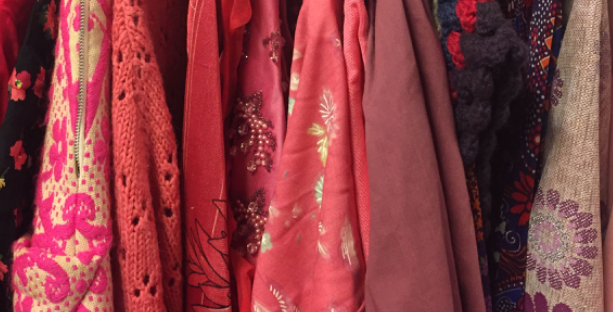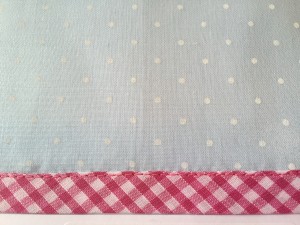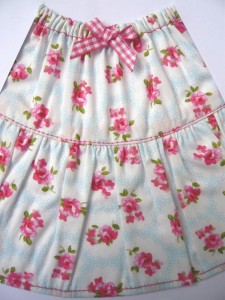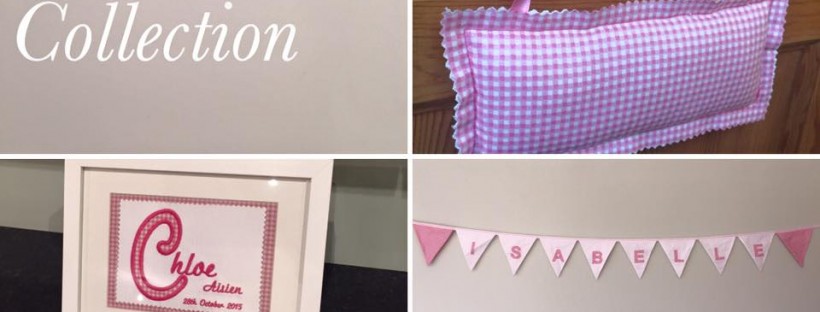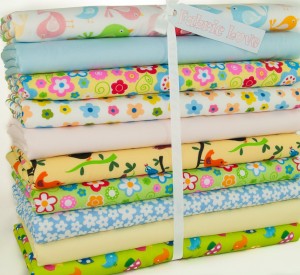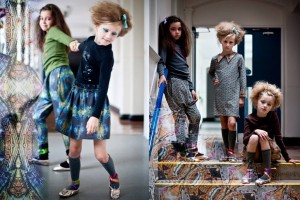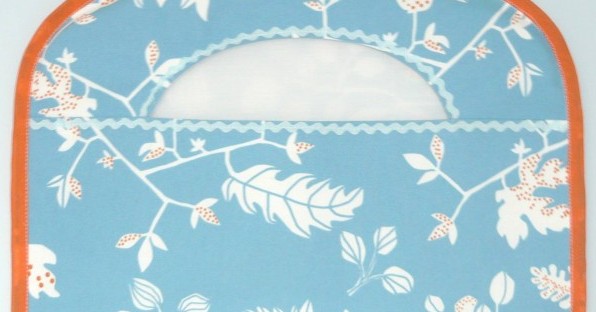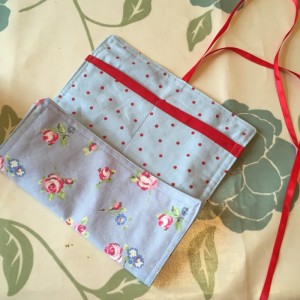Learn how to Alter & upcycle your clothes
Over the last month, I’ve been making a real effort to dress in a more sustainable way. Clothes you buy are actually far too cheap. Those of you who know how much work goes into making a garment will agree that it is absolutely impossible to produce clothes for the price that many shops sell them at. It’s ultimately the seamstresses who get exploited. These skilled workers are being made to work for nothing while their employers get rich. It also makes self employed seamstresses feel unable to charge a fair amount for their work as people have got used to inexpensive clothing and textiles.
Not only is Fast Fashion unethical but it has been proved to be harmful to the environment. Huge quantities of unsold clothing goes to land fill because these companies make more money if they over produce but always have new designs to sell. The other issue is polyester clothing. Did you know that polyester is basically plastic and we all know how bad plastic is for the environment!
I have bought plenty of Fast Fashion in the past, which I will keep and wear because I don’t want to add to landfill, but there will be no more Fast Fashion for me! It’s actually a relief. There’s far too much choice in those shops, it takes ages to decide and then you always end up buying something that is not quite right because its cheap!
So from now on I will only upcycle and alter the clothes I own, or ones I have swapped with family and friends. Or, I don’t have a problem with buying second hand clothes to get creative with. And if I really want to treat myself to something new, I will either make it myself or pay the right amount for a garment that can be proved to be ethically and sustainably made.
Many of my students have said in the past “It doesn’t make sense to spend all this time and money on making something when I can buy it for a fraction of the price”, and to be honest I have always sort of agreed with them. Well not any more. I feel a renewed energy to teach as many people as possible how to be make their own clothes and also how to make the ones they own already, last for as long as possible.
So, all of this new thinking has lead me to design and add a new class called SEW ALTER. It’s all about learning some simple techniques to fit, mend or restyle your clothes. It will not only save you money but will also, in a small way, help to save our planet!
In a SEW ALTER session you will bring along a garment or two to alter or upcycle with my guidance. To get the most out of this class, you will need to have a good knowledge and confidence when using a sewing a machine so you can follow simple instructions and work independently. Please be realistic with your abilities as I can not teach you how to thread up and use a sewing machine in this session. It is only three hours long and there will be six students all needing different advice.
Below is a list of achievable alterations. Please note you may only get one of these alterations completed in the time depending on your ability and the amount of unpicking involved! Please do not bring items that are very expensive to practice on! To save time it would be a good idea to bring your clothes already pinned.
EXAMPLES OF ACHIEVABLE ALTERATIONS:
- Lengthen/shorten – sleeves, trouser legs or skirts.
- Take in/let out – waist, seams and darts.
- Alter a simple neckline.
- Remove/add – sleeves, collar, frills or other detail.
- Replace – zip, buttons
- Mend – rips, holes
Any additional fabric or haberdashery needed will have to be supplied by you.
These sessions will take place on a Saturday morning during school holidays from 10am till 1pm. All sewing machines and equipment are provided but you can bring your own machine if you prefer. The cost is £30.00
